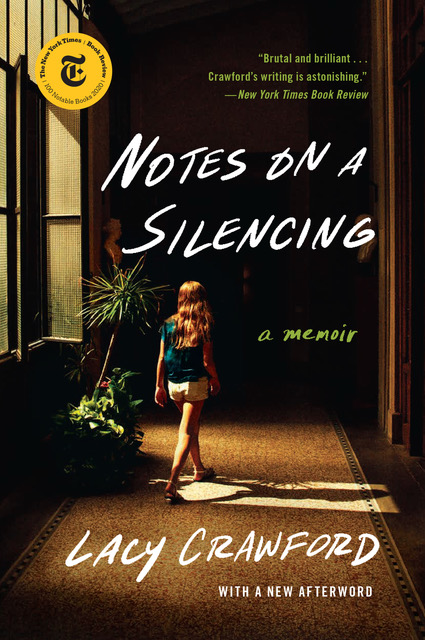She chose Claremont McKenna College, where she spent a year abroad. Her interests continued to evolve, and she ultimately graduated with a highly sought-after starting job in high-end commercial and industrial design—something she never would have anticipated as a seventeen-year-old. In allowing her to explore widely, CMC was a perfect place for her.
Below is her supplemental essay for Claremont McKenna (with the school’s essay prompt at the top). I include it as a lovely example of a revealing essay that has a focus other than the self.
Leadership is a constant theme and emphasis at CMC. In fact, one of the ways we describe CMC students is “Leaders in the Making.” Identify and discuss a person, fictional or nonfictional, who has helped shape culture and thought. You may select someone from any field: literature, the arts, science, politics, history, athletics, business, education, etc.
Frankenstein is a monster familiar to the entire world. The word brings to mind images of a hulking green man with a bolt though his neck and scars all over his body. After being struck with a bolt of electricity, he sits up, grunting, and proceeds to wreak havoc. While many are familiar with the monster Frankenstein, not as many know of his creator, Mary Shelley. Shelley changed pop culture forever when as a nineteen-year-old girl she published Frankenstein in 1818.
Mary Shelley was born into an unusual household. Her father, William Godwin, was a political radical, famous for endorsing utilitarianism and anarchy. Shelley’s mother, Mary Wollstonecraft, was a pioneering feminist, who suggested that women were not naturally inferior to men but rather suffered from a lack of formal education. Shelley had a life-long love affair with her husband, the poet Percy Bysshe Shelley, a disciple of her father. After having an illegitimate child, Mary and Percy married and were promptly alienated by her father. The couple traveled around Europe, spending time with important literary persons of the era, at whose urging Mary would later pen Frankenstein.
Shelley’s masterpiece changed literary perceptions of the day. Frankenstein mixed several literary genres—the gothic, epistolary, and romantic novel forms—to create a book stitched together out of several bodies, much like the monster it features. Frankenstein is praised for being at once a classic horror story and a sophisticated literary critique of religion and identity stereotypes. Shelley was well versed in John Milton’s epic poem Paradise Lost and used her novel as a way to comment on the clearly defined pathways of good and evil (Adam and Satan) it defined for how characters identify themselves. Frankenstein serves another purpose besides that of a literary critique. The novel’s subtitle, The Modern Prometheus, indicates Shelley’s secondary intention to warn that scientific advancement without knowledge of the implications of that advancement is phenomenally dangerous.
Nevertheless, Frankenstein is known primarily as the book that birthed a pop culture phenomenon. It is impossible to go out on Halloween and not see at least one child dressed up as Frankenstein. Children mimic the cinematic version of the monster, which is not Shelley’s actual depiction, but their imitation is testament to the strength of the book and a character still relevant nearly two hundred years after being conceived. The monster still serves as the archetypal example of the dangers of ill-considered, accelerated scientific advancement.
While Mary Shelley is not known as a feminist, one of her greatest contributions to society is that she helped challenge the assumption that women do not write as well as men. Shelley originally published Frankenstein anonymously, and it was generally assumed that her husband had written it. Upon publication of the second edition in 1831, Shelley identified herself as the author, and nearly everyone was shocked. Few people in the 1800s thought that a woman, much less a nineteen-year-old girl, was capable of writing such a novel. It was surprising to her critics that the novel was still popular in 1831, and it would be shocking to those men to learn that Frankenstein is not only read frequently today, but also studied by literature students across the English-speaking world. By crafting a powerful and unique novel, Shelley proved to the world that women are just as creative and eloquent as men.
It is nearly impossible to imagine a world without Victor Frankenstein’s creation, but it is harder still to imagine creating such a character. Shelley changed the worlds of literature, pop culture, and gender relations by penning one of the scariest stories of all time.




